
International Court of Justice-Status of Somaliland
Size: 259 KB
ICJ/1/25.10.07
International Court of Justice
VI MUNRFE Session
Advisory opinion
People’s Republic of China
Status of Somaliland
Introduction
1. This memorial on the issue of status of Somaliland is submitted to the Court on the basis of articles 65
and 66 of Chapter IV of the Statute of the International Court of Justice.
2. International Court of Justice under the request of the United Nations Secretariat, basing on
international law and opinion of relevant parties, should decide, whether Somaliland should be
independent state or should remain an integral part of Somali Republic.
Part I: Jurisdiction
3. Pursuant to clause “a” of the article 65 of the Statute of the International Court of Justice which
states that “questions upon which the advisory opinion of the Court is asked shall be laid before the Courtby means of a written request containing an exact statement of the question upon which an opinion isrequired, and accompanied by all documents likely to throw light upon the question”, the People’sRepublic of China receives the jurisdiction of the Court upon the question what status of Somaliland
should be.
Part II: Facts of the case
4. In the area which became British Somaliland Protectorate in the late 19th century the Somali people
were traditionally divided into clans, each being separated and independent from the others. Since thenand until independence of Somaliland Protectorate in 1960 each clan maintained connections with theBritish government separately from other ones as the Protectorate treaties signed between UnitedKingdom and clans recognized that each clan area was a separate Territory. These treaties are the evidencethat Great Britain prevented creation of a unitary state of Somali people. Somaliland Protectorate hadnever been indivisible and therefore had no experience in governing the state. Nevertheless there werecommon ethnicity, language, culture, Muslim religion, and pastoral life — bonds that were shared withother Somali people in all Somali areas in the Horn of Africa including the Italian-administered Somalia tothe East and South of the Protectorate. These bonds provided an opportunity for Somaliland to unite withthe same ethnic group and create a national state which would consolidate politically disintegrated Somalipeople. Creation of such a state was necessary to unfairly divided on the colonies Somali people and wasan important stage in evolution from uncoordinated clans to centralized state.
5. On June, 26, 1960 Somaliland Protectorate became independent and gaining this independence annulledtreaties signed with Great Britain. In accordance with preliminary consensus and agreement among thenorthern clans Somaliland merged with Somalia on July 1, 1960 thus forming the unitary Somali Republic.
The entire intention of gaining independence from Britain was precisely to unite with the rest of the
country that gained independence in 1959 and to create state which would unite Somali people. It can beproved by the fact that the state of Somaliland existed only in the period of six days after receivingindependence and all the activity of the state in this period was turned to formal preparation for creationof the unitary state which was negotiated previously. The willingness of people to create unitary state wasproved by the results of the referendum held in June, 20, 1961 over the entire territory of Somali Republicon the draft constitution of the unitary state. According to the results of this referendum published in theAfrican Election Database 1,756,216 people which are 90. 56 % of population voted in favor of theconstitution. Thus the creation of the state was in the interests of Somali people and freely determined bythem and abolished previous states formations such as Somalia and Somaliland.
6. The Unitary state — Somali Republic was recognized by the international community on September, 20,1960 when Somali Republic was accepted into the United Nations. Previous states formation such asSomalia and Somaliland were a legacy of unfair division on the colonies and stopped their existence after
unification and entrance into the United Nations. All the governmental institutions of previous states were
ceased and union government was formed. This united state was recognized by international community
and became a subject of international law with all the privileges of sovereign state being applicable for
Somali Republic. Thus entry into the United Nations definitively abolished previous states formations
such as Somalia and Somaliland because the United Nations resolution formed new sate formation with all
the rights, privileges in international law.
7. After the merger in Somaliland modern infrastructure was build by the united government. Water
system was installed in the capital of former Somaliland Protectorate Hargeisa. Full-fledged sea port was
built in Berbera; modern bridge was built over the dry riverbed so that motorists and pedestrians could
cross it despite seasonal floods; modern airport and cement factory were built in Burao; technical institute
and tannery were built and in nearby Sheikh; new hospital was built there as well. Schools multiplied;
scholarships were provided for higher studies abroad. Northern region citizens owned farms in the fertile
agricultural areas of the South and economy benefited from the wider market which was the natural
consequence of the Union. Larger economy increased job opportunities significantly. All these facts are
the testimony that Somali Republic contributed significant resources to the state development and the
development of northern region called Somaliland. Thus government of the united state fulfilled all
obligations which were stipulated in the state Constitution of 1961 in social service, therefore the
government’s failure to execute social obligations can not be the reason for part of the country to come
out from the state structure.
8. The distinctive feature of Somali Republic is that clanism reasserted itself and instead of regional, clan
balance was observed in the allocation of ministerial portfolios and other political positions as an indicator
of power sharing in Somali Republic. That reality necessitated a formula for sharing the power among the
clans: the President of the Republic was from the Hawiye clan, the Prime Minister from the Daarood, the
Speaker of the National Assembly from Isaaq, and the Minister of Finance from Digil and Mirifle who
were the representatives from south clans. But there was a Deputy Prime Minister from Gadabuursi —
representative from northern clan. Furthermore, the northern clans’ representatives have in different time
occupied all the senior ministerial positions including Foreign Affairs and Finance Ministers and were
twice appointed to the position of Prime Minister. They also served in the most visible positions in the
public service: they were professional diplomats as Ambassadors, Counselors, and were Generals in the
military and police — occupying twice the position of ‘Commandant of Police’.
All these facts are the definite proof that power in the Somali Republic was divided between Northern and
South clans on the national level, regional and local levels equitably. It is a guarantee that equality of rights
for all the citizens in all the country’s areas was observed. Thus political inequality in the Somali Republic
can not be the reason for parts of the country to separate from the integral state.
Part III: Law of the case
9. British Empire or Great Britain signed with each clan agreements, namely Agreement between the
Gadabursi Tribe and The British, Agreement between the Eesa Tribe and The British,
Agreement between the Habr Toljaala Tribe and The British, Agreement between the Habr
Gerhajis Tribe and The British, Agreement between the Habr-Awal Tribe and The British,
Agreement between the Warsangalis Tribe and The British, Supplementary Agreements between
the Isaaq Sub-clans and The British, and article 1 of each agreement said, “The British Government,
in compliance with the wish of the undersigned Gadabursi Tribe, Eesa Tribe, abr Gerhajis Tribe, Habr-
Awal Tribe, Warsangalis Tribe undertakes to extend to them and to the territories under their authority
and jurisdiction the gracious favor and protection of Her Majesty the Queen-Empress”. This is the
testimony of the fact that tribes on the territories of British Somaliland Protectorate did not possess
integral and unitary state before 1960. Because of this fact Somaliland which possessed no experience in
governing the state needed to be centralized and be united with group which is ethnically related.
10. The Royal Proclamation Terminating Her Majesty’s Protection on / of June 23, 1960 begins
with the words: “Whereas the Territories in Africa known as the Somaliland Protectorate are ….” and this
proves once again hat Somaliland Protectorate was not an integral centralized state and in order to be
integral it needed to be centralized and be united with the same related group.
11. In accordance with the Article 38 and its clause 1 (b) and (c) of the International Court of Justice
“The Court, whose function is to decide in accordance with international law such disputes as are
submitted to it, shall apply: … (b). international custom, as evidence of a general practice accepted as law.
(c). subject to the provisions of Article 59, judicial decisions and the teachings of the most highly qualified
publicists of the various nations, as subsidiary means for the determination of rules of law” the
international custom such as estoppel and very close to estoppel principle called Silent Agreement is
applicable in the case of Somali Republic. Estoppel is accepted into the law by numerous of precedents
and means that the state which took its stand on some international issue at one moment in history on the
grounds of any actions, inactions or by legal acts which has juridical importance for the particular country
has no rights to contest the international position which it adhered previously. Silent agreement is applied
when the state being aware of the mistakes, unfair or disputable character of some fact or agreement
which it adheres in its policy but did not express protest on these facts can not argue the fact to be impair.
Thus Silent Agreement is recognized as international treaty. The practice of International Court of Justice
and most qualified specialist with international name as Russian Academy of Science Professor
Kalamkaryan R. in publication “Estoppel as a Principle of International Law” and referred in this
publication the Professors Martin A. in the work “Les exceptions de procedure devant”, determined
“that estoppel is jurisdiction prohibition on the attempts of the subjects of International law to contest the
position or fact which it adhered previously”. According to this two principles Somaliland and Somalia
took their position on July 1, 1960 by decision to be a parts of one country base on the previous
negotiations to create a union state. Despite all the mistakes which occurred during the process of
concluding the treaty senior ministers of all the parties were aware of the mistakes as negotiations was
open and silently agreed with this state of affairs. Because of these facts no party can dispute that creation
of the unitary state was unfair and unlawful. Therefore unitary state started its subsistence on July 1, 1960
as a subject of International Law and was lawful formation according to international law.
12. Basing on the law of union between Somaliland and Somalia B 1 of 1960 27 June 1960 which
was ratified by Somaliland legislature and which states that “Whereas the State of Somaliland achieved
independence and ceased to be under British protection or within the jurisdiction and sovereignty of Her
Britannic Majesty on the 26th day of June, 1960, being Muharram 1st 1379, and Whereas the State of
Somalia achieved its independence and ceased to have the status of a Trust Territory of the United
Nations Organization administered by the Republic of Italy on the 1st day of July, 1960, being Muharram
6th 1379, and Whereas it is the will of the peoples of Somaliland and Somalia that their States shall unite
and shall forever be united in the Somali Republic” Somaliland made legally important act which shows the
Somaliland favorable position on the unification with Somalia into one centralized government even
despite of the challenges which two states face while creation of this state. Thus taking into account
estoppel principle Somaliland can not dispute the fact of unfair and illegal creation of the unitary state.
13. According to the judgment of the International Court of Justice on the case Temple of Preah
Vihear (Cambodia v. Thailand) from 15 of June, 1962: “The Court however considers that Thailand in
1908-1909 did accept the Annex 1 map as representing the outcome of the work of delimitation, and
hence recognized the line on that map as being the frontier line, the effect of which is to situate Preah
Vihear in Cambodian territory. The Court considers further that, looked at as a whole, Thailand’s
subsequent conduct confirms and bears out her original acceptance, and that Thailand’s acts on the
ground do not suffice to negative this. Both Parties, by their conduct, recognized the line and thereby in
effect agreed to regard it as being the frontier line” International Court of Justice pronounced judgment
using estoppel and Silent Agreement principles. This is the testimony of the fact that these two principles
are acknowledged as a general practice accepted as law. These principles show that sides do not have right
to refer to the mistake as a ground for their consent to be valid if the sides by their conduct contribute to
origin of this mistake or under the circumstances that these two sides were aware of the mistakes
beforehand. This proves one more time that according to international customary law accepted as law
creation of the unitary state was legal as two side being aware of specific circumstances while creation of
the state agreed with them and did not express their protest. Thus neither Somaliland nor Somalia can
dispute that agreement which created the unitary state is null and invalid.
14. In the Judgment of the International Court of Justice over the issue Fisheries Case where the
parts were United Kingdom and Norway on December, 18, 1951 court took into account estoppel and
silent agreement principles: “These ancient concessions tend to confirm the Norwegian Government’s
contention that the fishenes zone reserved before 1812 was in fact much more extensive than the one
delimited in 1935. It is suggested that it included all fishing banks from which land was visible, the range
of vision being, as is recognized by the United Kingdom Government, the principle of delimitation in
force at that time. The Court considers that, although it is not always clear to what specific areas they
apply, the historical data produced in support of this contention by the Norwegian Government lend
some weight to the idea of the survival of traditional rights reserved to the inhabitants of the Kingdom
over fishing grounds included in the 1935 delimitation, particularly in the case of Lopphavet. Such rights,
founded on the vital needs of the population and attested by very ancient and peaceful usage, may
legitimately be taken into account in drawing a line which, moreover, appears to the Court to have been
kept within the bounds of what is moderate and reasonable”. This decision is one more evidence of the
fact that estoppel and silent agreement principles are widely used in court and international law practice.
And it shows one more time that sides do not have right to refer to the mistake as a ground for their
consent to be valid if the sides by their conduct contribute to origin of this mistake or under the
circumstances that these two sides were aware of the mistakes beforehand. This proves one more time
that according to international customary law accepted as law creation of the unitary state was legal as two
side being aware of specific circumstances while creation of the state were agree on with them and did not
express their protest. Thus neither Somaliland nor Somalia can dispute that agreement which created the
united state is null and invalid.
15. Preamble of Declaration on Principles of International Law Friendly Relations and cooperation
among states in accordance with the Charter of the United Nations says, “The
establishment of a sovereign and independent State, the free association or integration with an
independent State or the emergence into any other political status freely determined by a people constitute
modes of implementing the right of self-determination by that people”. Integration into Somali Republic
was an example of the pursuing the right of peoples to self-determination proved by the results of the
referendum, previous consensus among the states and seniors of the clans and by creation of Acts of
Unions. Thus according to the United Nations Charter the reference to the article of self-determination in
the case of Somali Republic is reasonable.
16. United Nations General Assembly resolution 1479 of September 20, 1960 called “Admission of
Somali Republic to membership in the United Nations” which states, “…decides to admit the
Republic of Somalia to membership in United Nations”, Somali Republic became a Member State of the
United Nations. Thus Somali Republic gained international recognition and legitimacy as a subject of
international law. All the previous states such as Somalia and Somaliland which formed Somali Republic
do not exist since that moment. Moreover entry into the United Nations makes all the provisions of
United Nations Charter applicable to Somali Republic.
17. The article 2 point 4 of Charter of United Nations stipulates that “All Members shall refrain in their
international relations from the threat or use of force against the territorial integrity or political
independence of any state, or in any other manner inconsistent with the Purposes of the United Nations”
and consequently indicates that all the actions which can be turned to division of the Somali Republic are
interpreted as a threat to territorial integrity of the state and will violate the Charter of United Nations.
Separatist movements in Somaliland are the violation of the territorial integrity of the Somali Republic.
18. Following the provisions of the Declaration on Principles of International Law Friendly
Relations and co-operation among states in accordance with the Charter of the United Nations
which entered into force in 1970 that states, “Nothing in the foregoing paragraphs shall be construed as
authorizing or encouraging any action which would dismember or impair, totally or in part, the territorial
integrity or political unity of sovereign and independent States conducting themselves in compliance with
the principle of equal rights and self-determination of peoples as described above and thus possessed of a
government representing the whole people belonging to the territory without distinction as to race, creed
or color”, Somali Republic fulfills the obligation to ensure the equality of rights and freedoms of all the
citizens as well as rights for self-determination by providing legal base for self-determination principle andby means of equally sharing the power in the state. Thus principle of territorial integrity should beobserved in Somali Republic.
19. Pursuant to preamble of the Somali Republic Constitution of July 20, 1961 “Conscious of the
sacred right of self-determination of peoples solemnly consecrated in the Charter of the United Nations”
Somali Republic provided legal basement for the right of self-determination. That means that Somali
Republic was acting in compliance with the principle of equal rights and self-determination and thus
nothing can be construed as authorizing or encouraging any action which would dismember or impair,totally or in part, the territorial integrity or political unity of sovereign and independent state of Somali
Republic. In accordance with text of the Constitution and its Article 3 which states, “All citizens, without
distinction of race, national origin, birth, language, religion, sex, economic or social status, or opinion, shallhave equal rights and duties before the law” Somaliland Republic observed legal grounds for selfdeterminationof people and equality of all the people that live in Somali Republic and it means that allmovements turned to disintegration are considered to violate territorial integrity of the state.
20. The report of the Delegation of the European Commission in Kenya to European Commission
of September 2003 states: “road…in Somaliland are part of the country core road network. The
Kalabaydh — Hargeisa section was paved in the late 1970’s early 80’s. The road between Hargeisa andBerbera was paved in the early 1970’s… The Hargeisa International Airport is located 1,480 m (4,442 feet)
above sea level and about 6 km from the city centre. It is ideally suited to serve as a port of entry into
Somaliland for both passengers and freight. The present airport was first established as a British military
airport with a gravel runway in 1954. After independence in 1964, the movement area was extended and
paved with a thin asphalt concrete layer (less than 50 mm) and the runway length was established at its
actual 2,440 meters…The Berbera International Airport is located close to the seaport and, with its 4,140
m long runway, was for a long time a major gateway for import and export of goods into Somaliland and
neighboring countries. The history of the airport dates back to the mid-sixties when it was developed as a
major military base by the Soviet Union” and shows that infrastructure in Somaliland were build by the
unitary state. Thus Somali Republic fulfilled all obligations which were stipulated in the state Constitution
of 1961 in social service. The Somali Republic government’s failure to execute social obligations can not
be the reason for Somaliland to withdraw from the state structure.
21. The Charter of the Organization of African Union which was signed and ratified by Somali
Republic in 1963 and its Article III, paragraph 3 declares that “the Member states affirm…respect for the
sovereignty and territorial integrity of each State and for its inalienable right to independent existence”.
Consequently Somali Republic integrity should be observed since Somali Republic is a member of the
Organization of African Union.
22. The Article 38 and its clause 1(c) of the International Court of Justice Statute “The Court, whose
function is to decide in accordance with international law such disputes as are submitted to it, shall apply:
…c. the general principles of law recognized by civilized nations” explains that decisions of the United
Nations Security Council are the core principles of international law. The testimony of this fact is that all
civilized countries signed UN Charter where it is stipulated that all the countries should carry out all the
decisions of the body. Thus UN Security Council Resolutions are applicable for Somalia and Somaliland
case and should be observed.
23. Adopted unanimously Resolution 1772 (2007), Resolution 733 (1992), Resolution 1356 (2001),
Resolution 1425 (2002), Resolution 1725 (2006) and Resolution 1744 (2007)pf the Security Council
and the statements of Security Council President, in particular those of 13 July 2006
(S/PRST/2006/31), 22 December 2006 (S/PRST/2006/59), 30 April 2007 (S/PRST/2007/13) and
14 June 2007 (S/PRST/2007/19) which in preamble stipulates “Reaffirming its respect for the
sovereignty, territorial integrity, political independence and unity of Somalia” and in article 2 and 4
“Welcomes the convening of the National Reconciliation Congress (NRC) at the initiative of the
Transitional Federal Institutions, and urges all parties to support the NRC and participate in the political
process…Urges the Transitional Federal Institutions and all parties in Somalia to respect the conclusions
of the NRC and to sustain an equally inclusive ongoing political process thereafter, and encourages them
to unite behind the efforts to promote such an inclusive dialogue” shows the principles of United Nationssolving the Somali conflict, its decision and consequently core principle of international law. Thuswithdrawal of Somaliland from the Somali Republic is a violation of the principles of international lawaccepted by all civilized countries.
Part IV: Submissions
24. According to the contents of Parts I, II and III of this Memorial, we ask the Judges of the
International Court of Justice to determine the status of Somaliland as being an integral part of the stateSomali Republic.
(signed) Expert from the People’s Republic of China
(certified) Secretary-General
(certified) Registrar
(NSPU)
Research Unit
E-mail: [email protected] website: www.nspu.org
Leave a comment
| Copyright © 2009 - 2025 Sunatimes News Agency All Rights Reserved. |
| Home | About Us | Diinta | Reports | Latest News | Featured Items | Articles | Suna Radio | Suna TV | Contact Us |
 0
0 
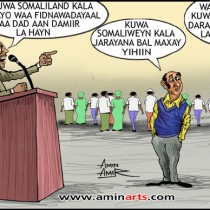


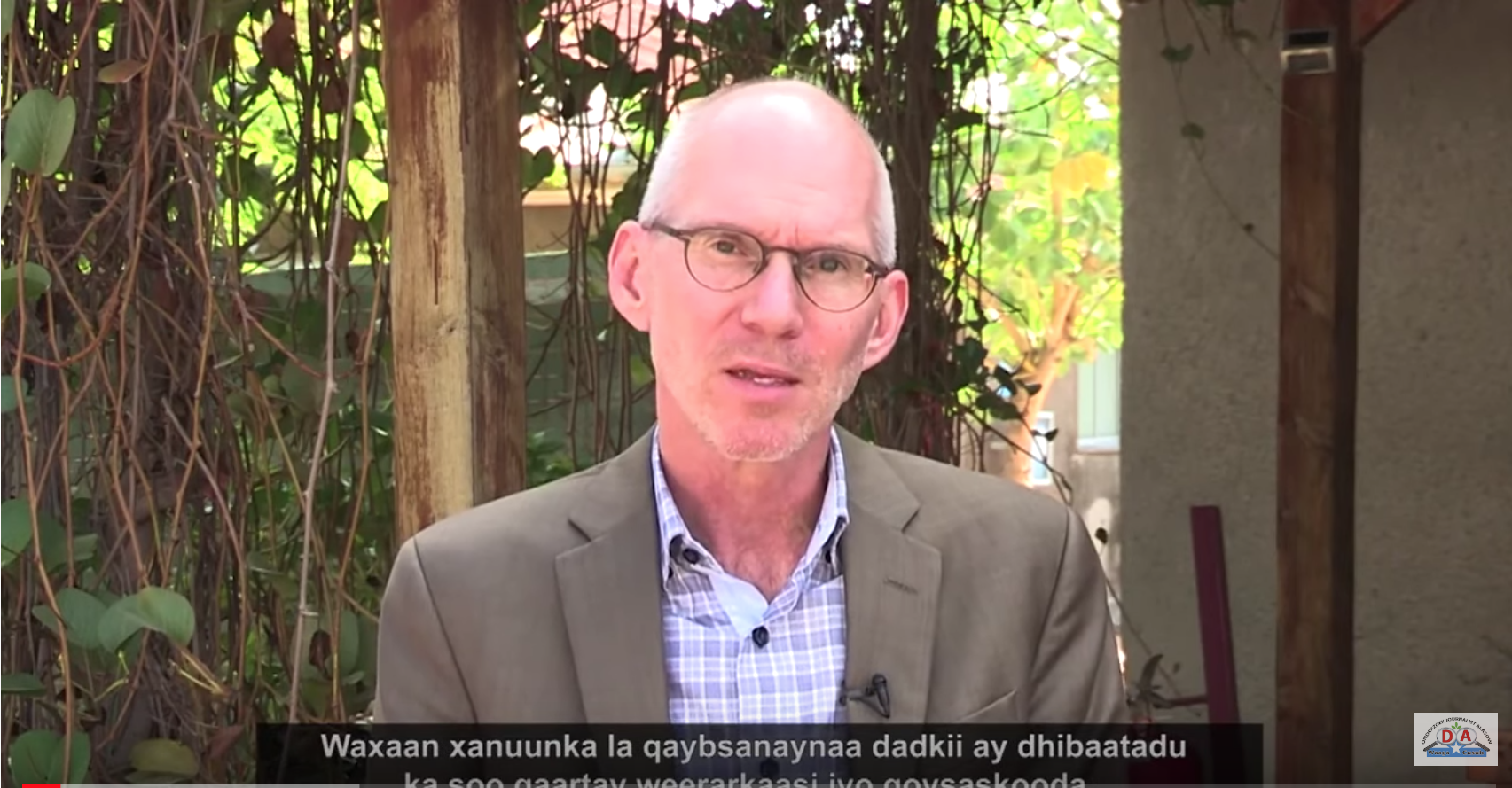
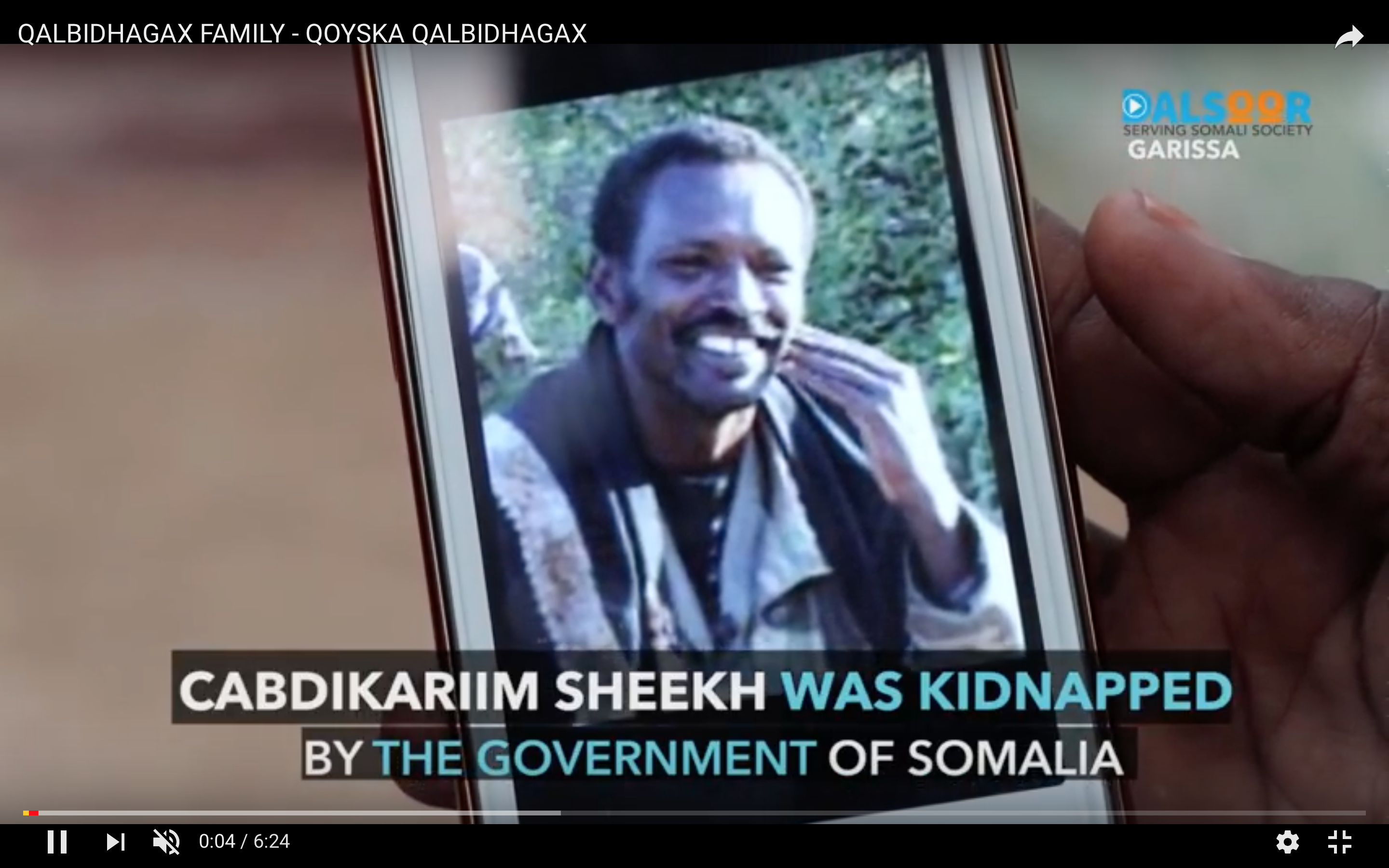
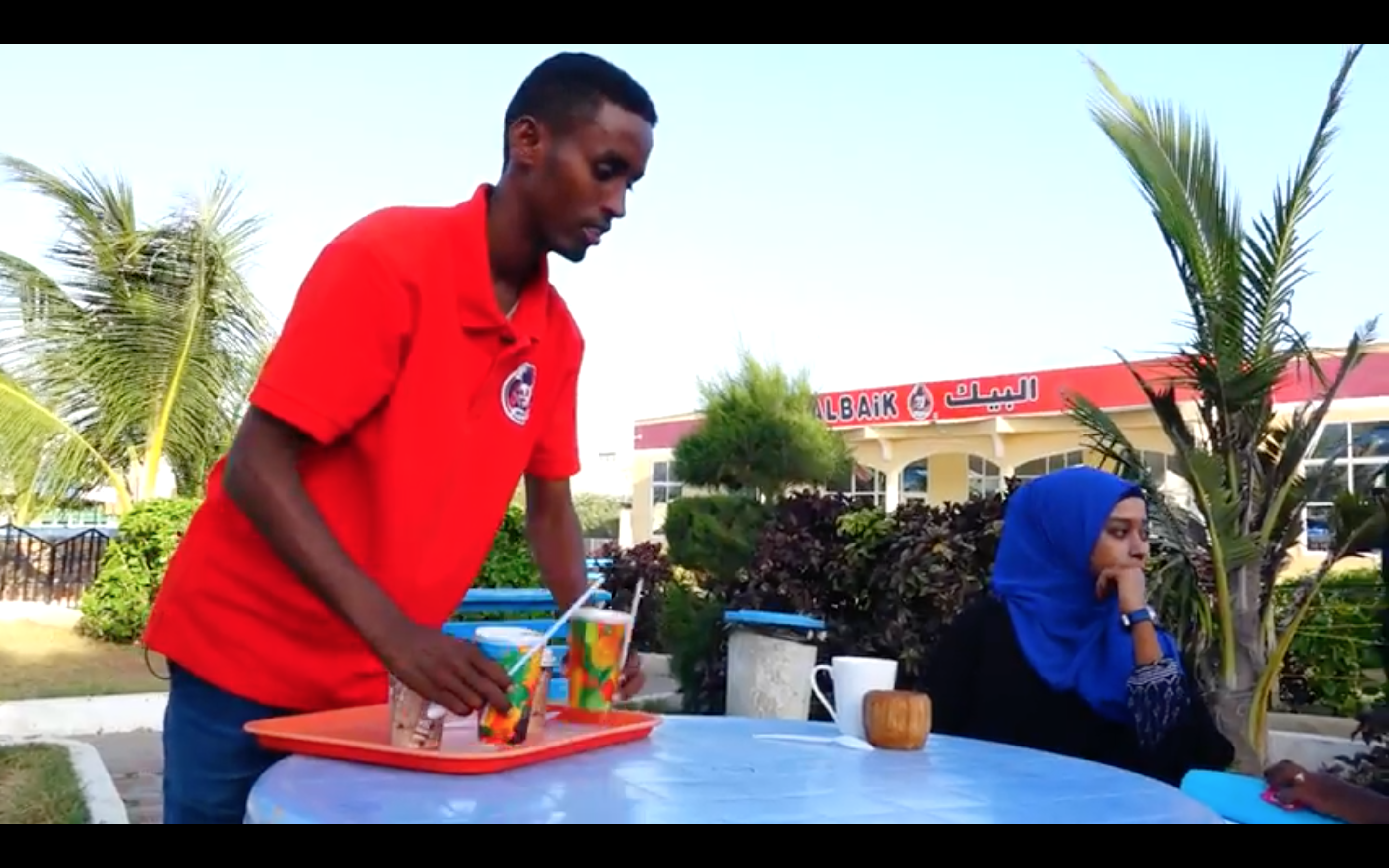
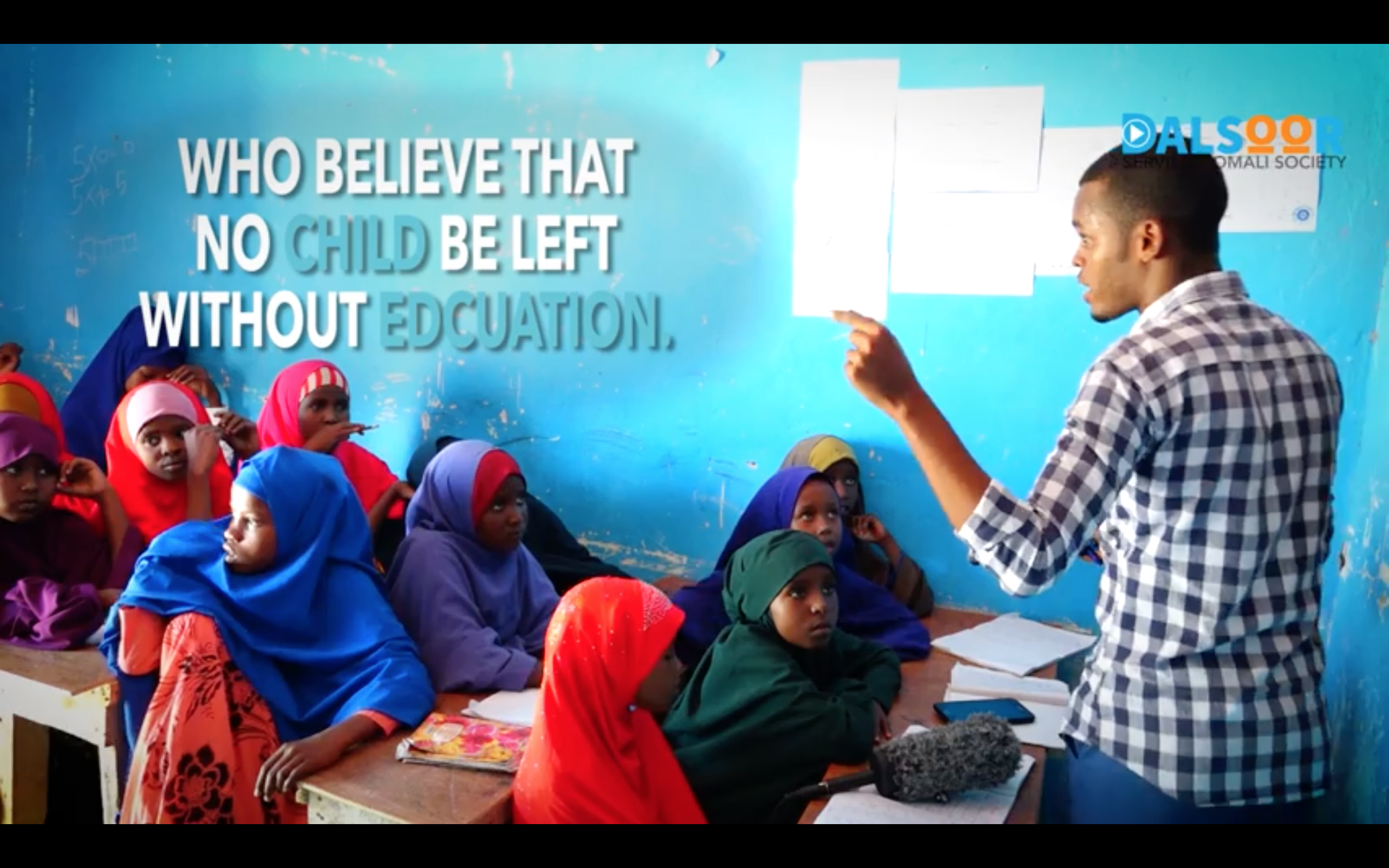
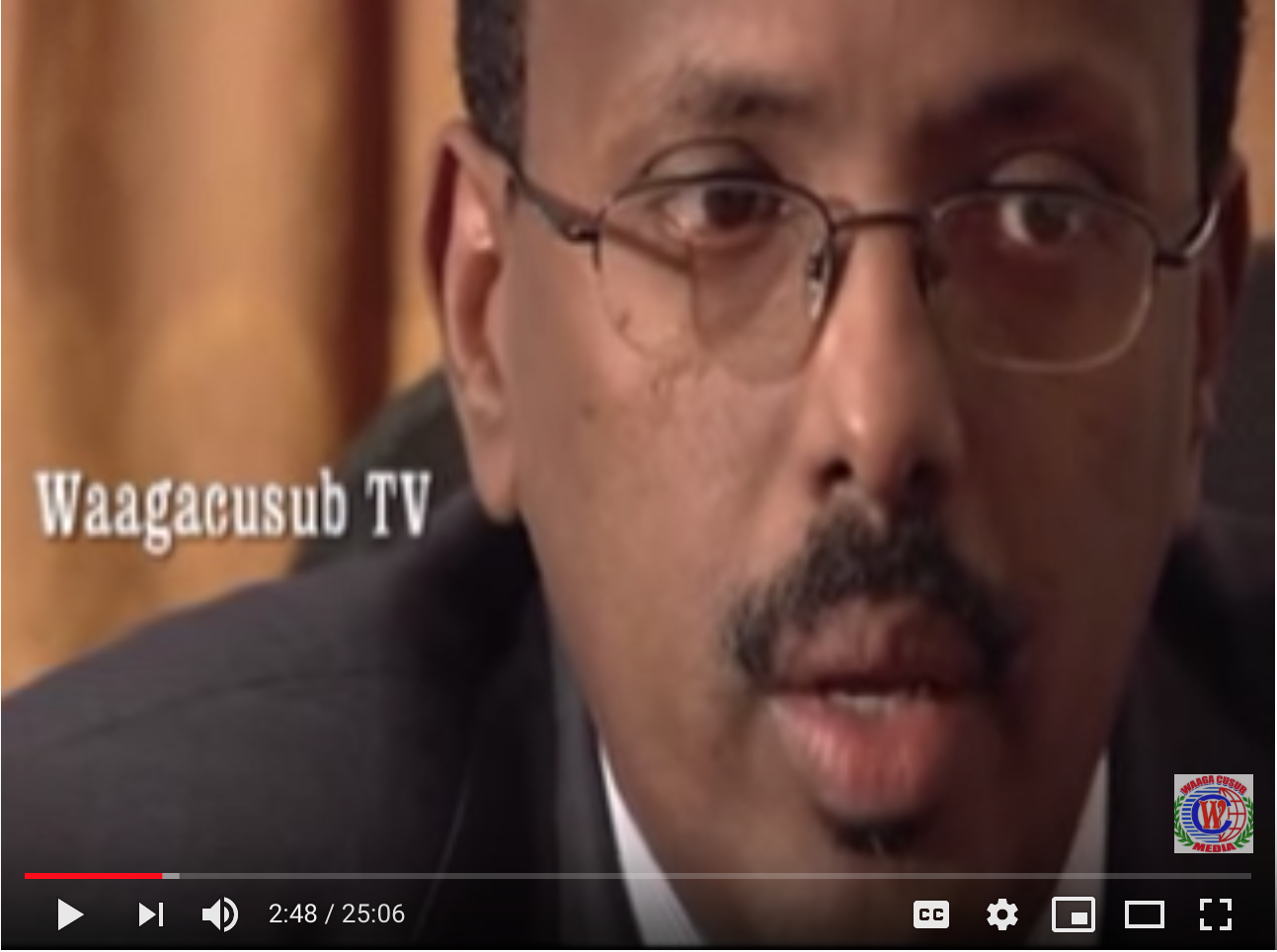

International Court of Justice-Status of Somaliland
to unite behind the efforts to promote such an inclusive dialogue” shows the principles of United Nations solving the Somali conflict, its decision and consequently core principle of international law. Thus withdrawal of Somaliland from the Som